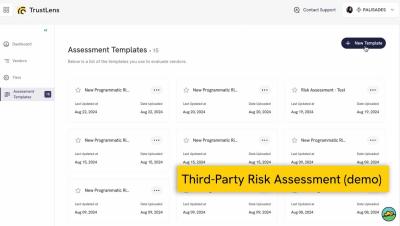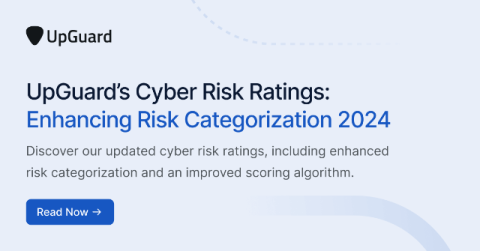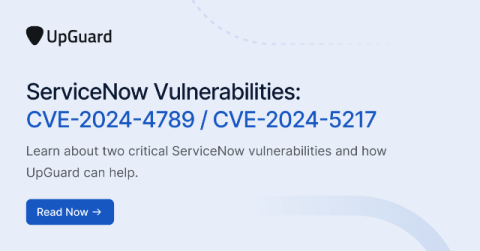Critical Vulnerabilities Uncovered: How Bitsight Delivered Fast, Actionable Insights in Under 24 Hours
The speed at which vulnerabilities are detected and addressed can drastically impact an organization’s likelihood of suffering a security incident. Recently, Bitsight demonstrated how its investments in product fingerprinting and CVE mapping allowed it to identify and surface assets potentially impacted by a set of critical vulnerabilities in the CUPS printing system in under 24 hours.













































